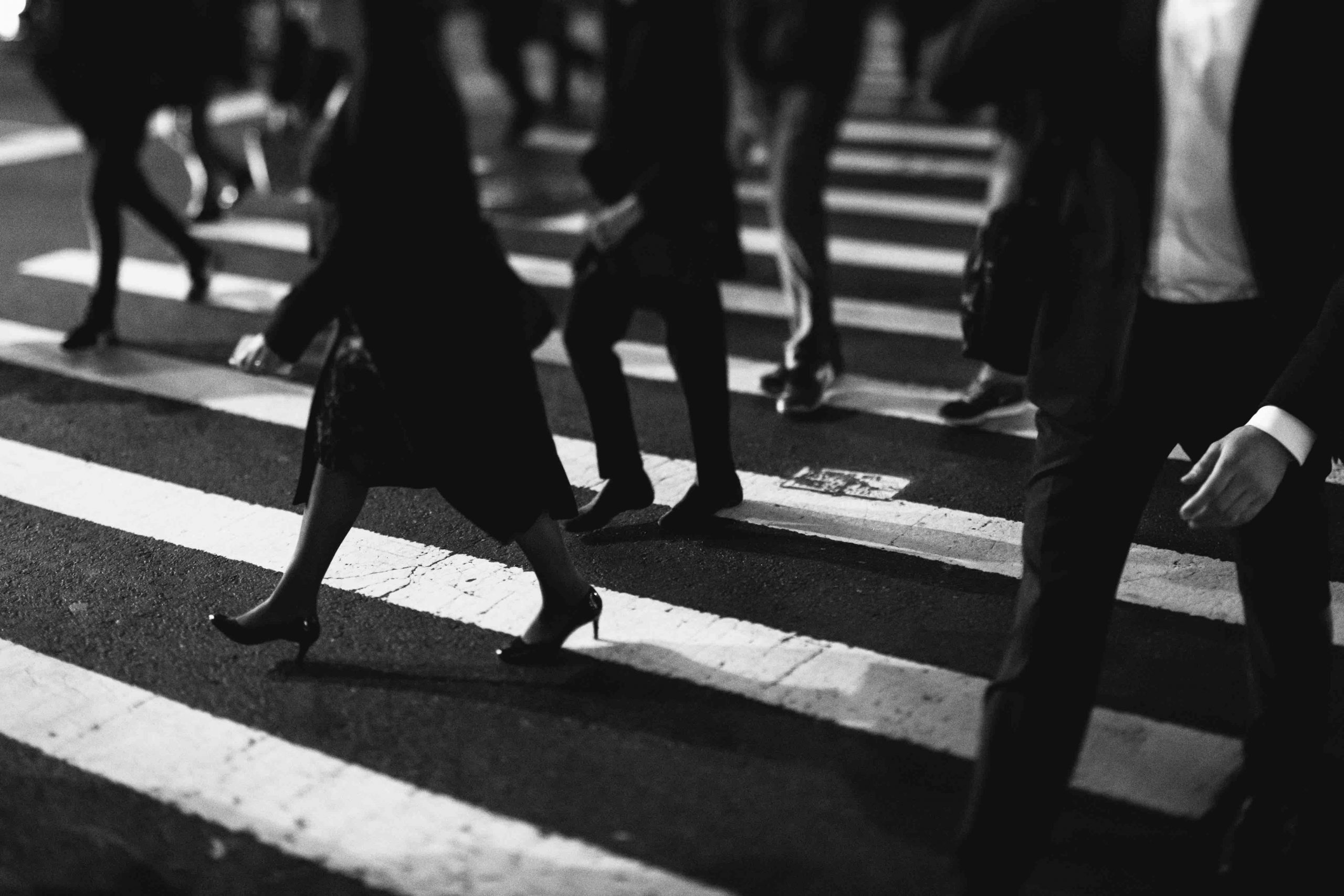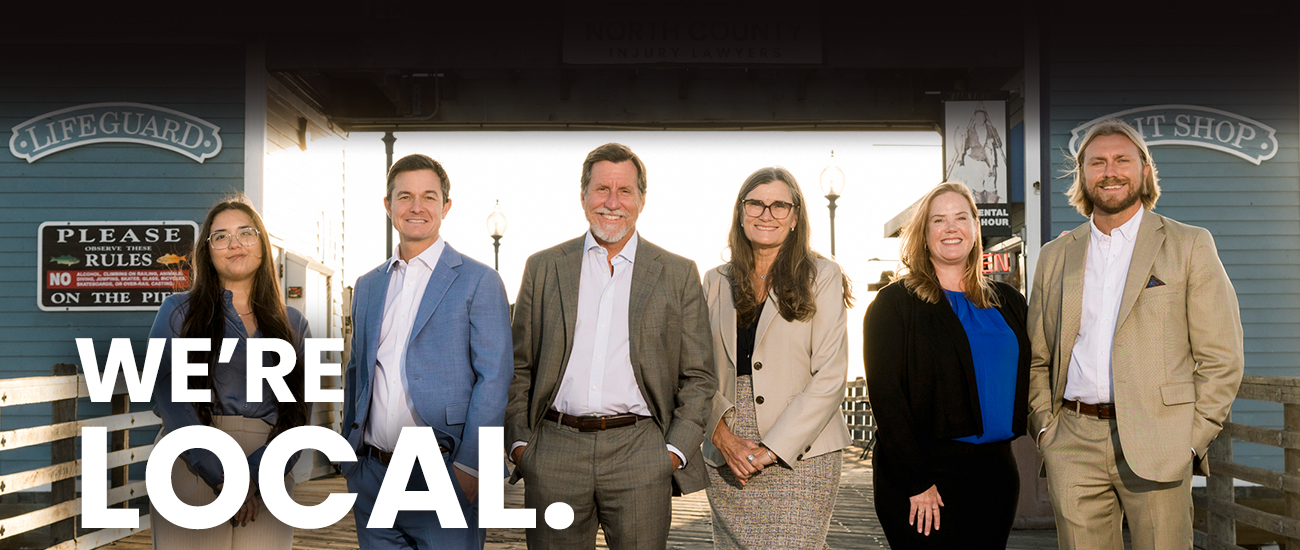- Free Consultation: 760-571-5500 Tap Here to Call Us
Touch-Free Crosswalks and Pedestrian Safety in the Age of Coronavirus

Just because the coronavirus pandemic has shifted much thinking about safety in Southern California to issues of virus containment does not mean pedestrian safety and car accident prevention should lose consideration. Putting the two public health issues together—COVID-19 prevention and pedestrian safety—some cities in California have started to install touch-free crosswalk signals to ensure that pedestrians and bicyclists do not avoid using traffic safety signals in order to avoid risk of exposure to the coronavirus.
It is important for pedestrians and bicyclists to understand ways of staying safe and avoiding motor vehicle collisions, and it is also critical to understand how comparative fault can reduce a pedestrian or bicyclist’s damages award if they do not abide by traffic rules.
How Touch-Free Pedestrian and Bicyclist Signals can Help to Prevent Intersection Accidents
During a pandemic, it does not feel particularly safe to press the “walk” button at crosswalks. As a result, some pedestrians and bicyclists who are crossing the streets at intersections have decided to take their chances with traffic instead of worrying about touching a frequently used “walk” button that could place them at greater risk of contracting COVID-19. But of course, pedestrian and cyclist safety, like COVID-19, is also a public health concern, and it is important that coronavirus fears do not outweigh other safety issues.
To help prevent this problem, some California cities are installing touch-free pedestrian signals at expressway intersections, according to an article in the Patch. The sole purpose of these devices, according to the article, is to ensure that pedestrians and cyclists use these signals to make street crossing safer. Currently, particularly busy expressway intersections are the focus, but other intersections could also see a shift to touch-free signals if the coronavirus pandemic persists. Depending upon where California residents live, they may be able to request touch-free devices at particular intersections. Depending upon funding, those residents could see touch-free signals at those requested spots in the coming weeks or months.
Do Not Take Traffic Risks to Avoid Coronavirus Risks
Many California residents are weighing risks of coronavirus exposure with other public health risks. Yet it is critical to continue taking traffic safety seriously. If you do not use a “walk” signal and take your chances crossing the street against a “do not walk” signal, you might not be eligible to receive full damages for your losses if you are involved in a collision and file a claim against an at-fault driver.
California follows a “pure comparative fault” rule, which means injured plaintiffs can still recover damages if they are partially at fault. However, their damages are reduced by their percentage of fault. If a pedestrian or cyclist crosses the street against a “do not walk” sign merely to avoid pressing a button, the court ultimately could determine that the pedestrian or cyclist is partially at fault for the collision.
Contact a Vista Pedestrian Accident Lawyer
Do you need assistance seeking compensation after a car accident or pedestrian collision? An experienced Vista pedestrian accident attorney can help. Contact the Walton Law Firm today to get started on your claim.
See Related Blog Posts: E-Scooters Cause Brain Injuries and Broken Bones in and Around San Diego Most Dangerous Intersections in San Diego









